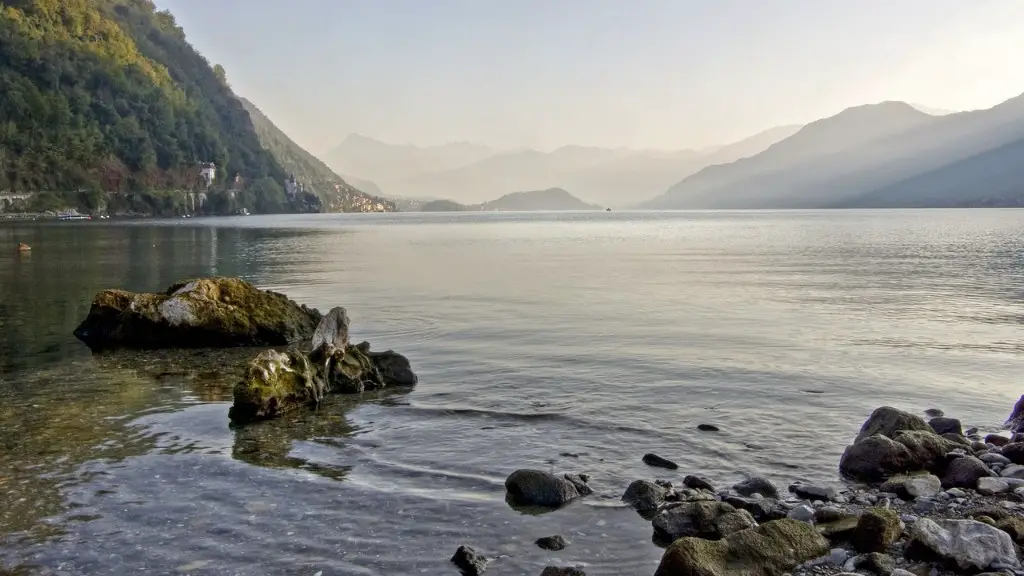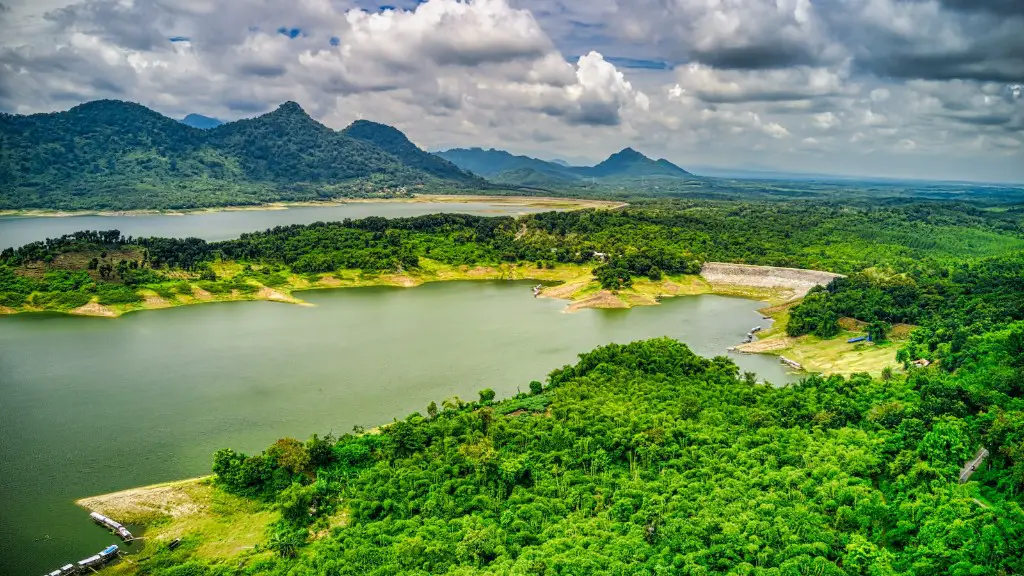Background Information
Lake Titicaca, located at an altitude of 12,500 feet, is the highest navigable lake in the world and the second largest lake in South America. Spanning an area of 8,300 square kilometers and more than 200 islands, it is a water system shared by Peru and Bolivia. It is bordered by mountains and is known for its unique fauna and flora, many of which are unique to the region and cannot be found elsewhere. La Paz, Bolivia’s highest city, is the official capital of Bolivia and the country’s most populous city. It is located about 12 miles from Lake Titicaca and has a population of close to 850,000 residents, making it one of the largest cities in South America.
Transportation Options
One of the most popular methods of travel from La Paz to Lake Titicaca is via bus. Buses depart La Paz daily and the trip takes around five hours. It is advisable to book tickets in advance to avoid long wait times. Buses offer comfortable seating and modern amenities including air conditioning, WiFi and electrical outlets. The road to Lake Titicaca is well-paved, making the trip comfortable and relatively hassle-free. There are also tour operators offering packaged tours from La Paz to Lake Titicaca, although they tend to be more expensive than the bus.
Alternatively, visitors can choose to fly. The airport in La Paz is well-connected to other major cities in Bolivia and Peru, offering numerous domestic and international flights. From La Paz airport, visitors can take a flight to Copacabana Airport in Copacabana, Bolivia from which the lake is a short drive away. This is a great option for visitors who would prefer the convenience of air travel.
Price Comparison & Time-Saving Considerations
When it comes to time-saving considerations, flying from La Paz to Copacabana is the quickest option as it only takes about an hour. However, this option is significantly more expensive than taking the bus. In terms of cost-effectiveness, taking the bus is the best option as it only costs around $15 USD.
Safety Tips
When travelling to Lake Titicaca from La Paz, it is important to take safety precautions to ensure a safe and comfortable journey. It is advisable to take out some kind of travel insurance to cover any medical costs in case of a mishap or emergency. It is also advisable to check the bus schedules ahead of time and to book a seat in advance. It is also important to stay vigilant and aware of your surroundings at all times, as tourist scams and thefts do occur in this area.
Cultural Considerations
When travelling to Lake Titicaca, it is important to familiarize yourself with the local culture, customs and beliefs. As the lake is shared by two countries, it is important to be respectful of both the Bolivian and Peruvian cultures. There are several festivals and celebrations that take place year-round on the different islands, and visitors should take care to dress and behave appropriately.
Accommodation
Accommodation options around Lake Titicaca range from budget hotels to upscale resorts. There are several hotels, hostels and campsites located near the lake, as well as a few luxury resorts. Most of these offer breathtaking views of the lake as well as modern amenities and comfortable rooms. Prices vary depending on the type of accommodation and time of year, but are generally quite affordable.
Activities & Sightseeing
Lake Titicaca offers a wealth of activities and sights for visitors to enjoy. Popular activities include swimming in the lake, visiting the various islands, and taking boat tours to explore the area. Those interested in culture and history should visit the nearby ruins of Tiwanaku, an ancient city located on the southern shore of the lake. From here, visitors can also take a boat to the Uros Floating Islands and explore this unique cultural site. Additionally, visitors can also visit local markets, learn about traditional customs and enjoy traditional cuisine.
Fauna & Flora
The lake is home to an incredible variety of fauna and flora, which is partly due to its unique cycle of high and low water levels. Fish like the giant cut throat and the South American bichir are endemic to the lake, while dolphins and turtles can also be found in its waters. The lake’s islands are home to a wide variety of birds, including Andean geese and flamingos. The lake’s surrounding forests and wetlands are also home to many other species, including mountain lions and wild boars.
Environmental Concerns
Lake Titicaca is a fragile ecosystem that is threatened by pollution, deforestation and unplanned tourism. Unregulated tour boats release polluting fuels, while the introduction of non-native species has caused ecological imbalances. The lake’s unique ecosystem is also threatened by climate change, with receding water levels due to changing weather patterns. Therefore, visitors should take extra care to be aware of the environmental impact they may have while visiting the lake.
Conclusion
The incredible beauty of Lake Titicaca and the unique cultural attractions of the region make it an ideal destination for travellers. However, it is important to be aware of the potential environmental, cultural and safety concerns that may arise during a visit to this beautiful region. By familiarizing yourself with the local customs and taking care to protect the environment, you can ensure a safe, enjoyable and enriching experience.


